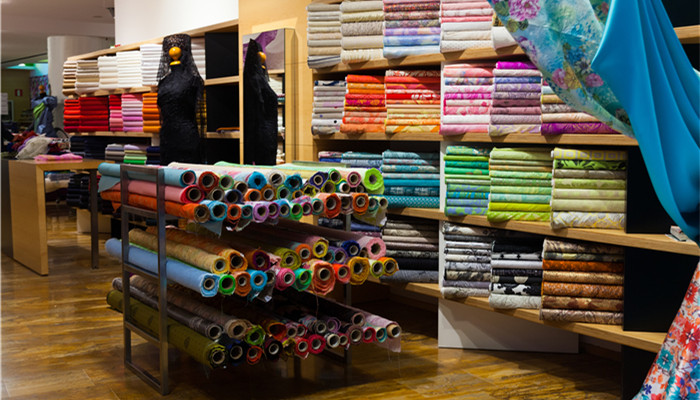
The market demand for indigo dyes continues to be released, and the scale of the industry will continue to expand.
Indigo dye appears as blue powder or granules, odorless, slightly soluble in water, ethanol, glycerin and propylene glycol, insoluble in grease, and has poor heat resistance, acid and alkali resistance, and oxidation resistance. Indigo dye is one of the oldest textile dyes. It has the characteristics of easy coloring and unique hue. It is widely used in fabric dyeing, food dyes, organic pigments and other fields.
Indigo dye is mainly used for dyeing cotton yarn, cotton cloth, wool, silk, carpet and other products. my country is a major textile country in the world, and the market demand for indigo dye is huge. In 2021, my country’s indigo dye sales volume will be approximately 463,000 tons, accounting for approximately 55.2% of global sales. In addition, India, as a major denim production country in the world, also leads the world in market demand and sales of indigo dye.
According to the “2022-2026 China Indigo Dyestuff Industry Market Monitoring and Future Development Prospects Research Report released by the Industrial Research Center, In 2021, the global indigo dye market will be approximately US$600 million. Globally, the indigo dye market is mainly distributed in Asia-Pacific, Europe, North America and other regions, of which Asia-Pacific is the main production area of indigo dye. As one of the mainstream dyes, indigo dye has growing market demand. It is expected that the global indigo dye market will reach US$980 million in 2026.
The raw materials for indigo dye production mainly include aniline, anilinoacetonitrile, chloroacetic acid, ferric sulfate, potassium hydroxide, etc. my country is a major chemical industry and has sufficient supply of indigo dye raw materials. In China, there are many indigo dye manufacturers, including Jiangsu Taifeng Chemical, Chongqing Huacai Chemical, Liyang Brothers Chemical, Jiangsu Zhongdan Technical Chemical, etc. Indigo dye production capacity not only meets the domestic market demand, but also exports to Canada, the United States, and Japan. , Germany, the Netherlands, India and other overseas regions.
According to different synthesis processes, indigo dyes can be divided into two categories: natural indigo dyes and synthetic indigo dyes. Natural indigo dyes are mainly extracted from the leaves of Sophora genus plants. The output of natural indigo dye is low and insufficient to meet the growing market demand. With the advancement of chemical synthesis technology, synthetic indigo dye has gradually become a mainstream product in the market. Indigo dye can be divided into powder, granular and liquid indigo. DyStar is at the leading level in global pre-reduction liquid indigo technology and production.
Industry analysts said that as one of the mainstream dyes, indigo dye is widely used in fabric dyeing, food dyes, organic pigments and other fields. As a major textile country, my country has high production and demand for indigo dye. my country is a major producer of indigo dyes, but the indigo dye industry is a high-energy-consuming industry. Under the dual-carbon background, high-end, refined, and energy-saving will become important development directions of the industry.

 微信扫一扫打赏
微信扫一扫打赏

